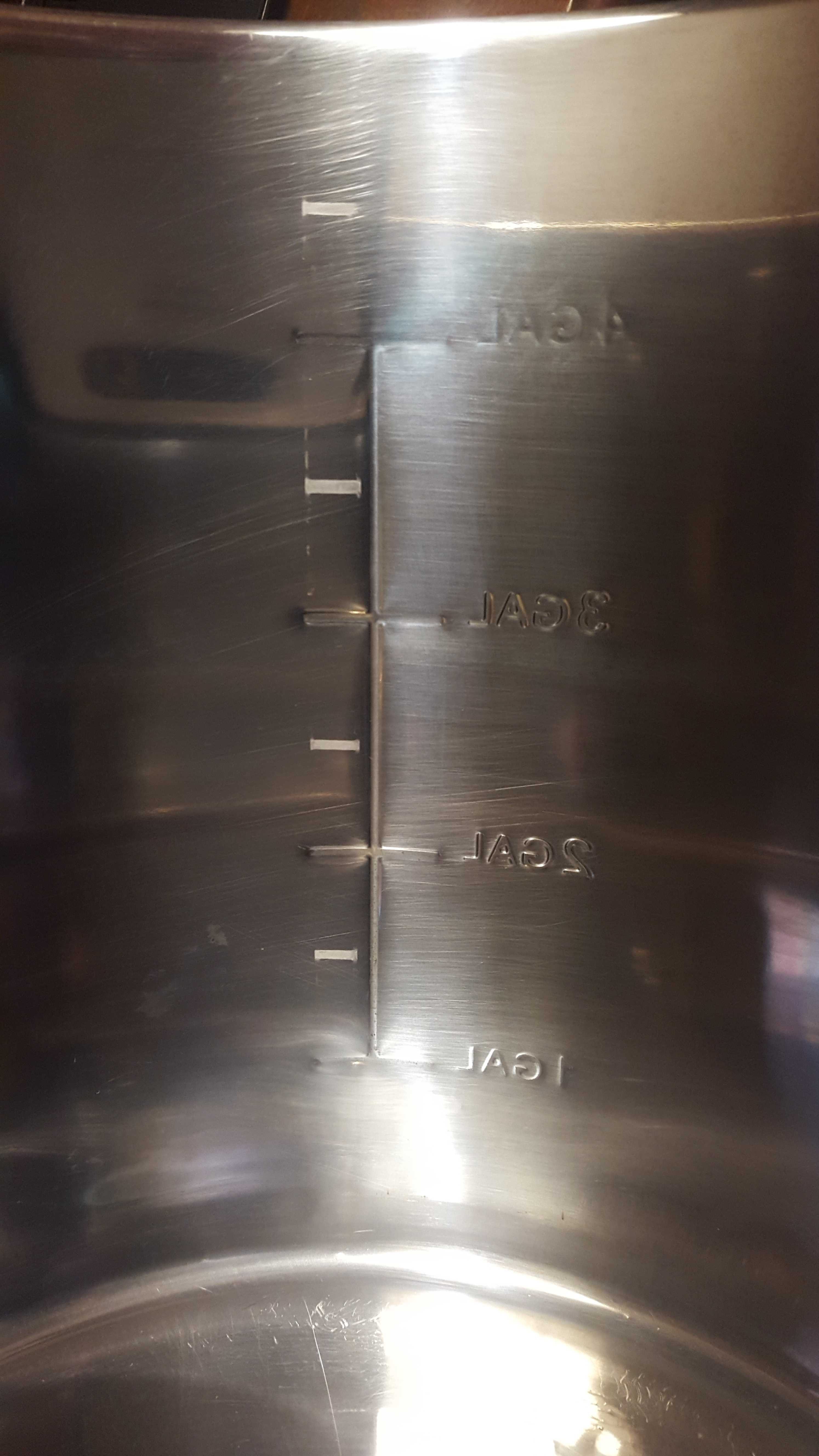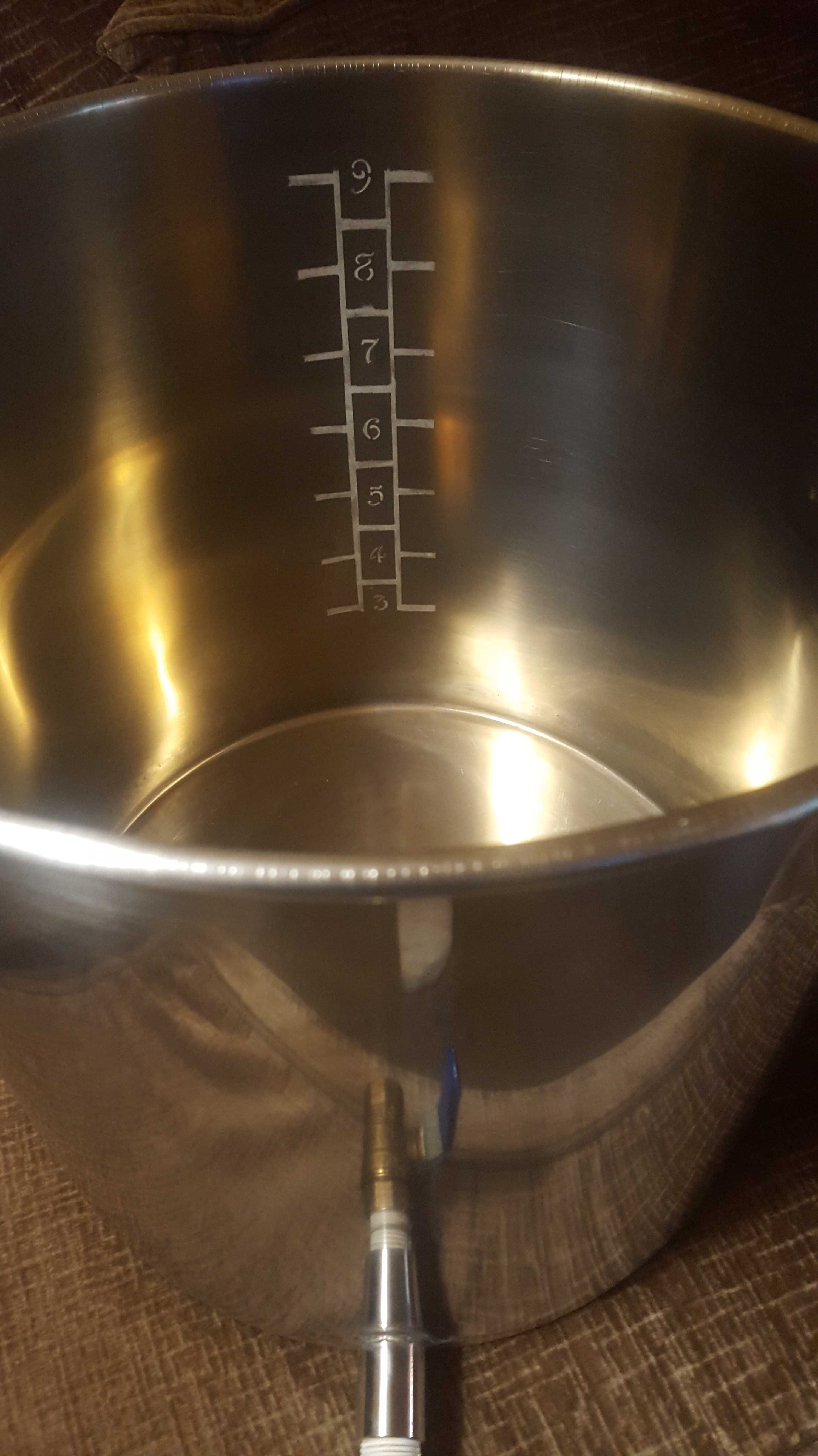Hang Glider
Beer Drinker
most of those are DC output - read the specs on the plug-in block. It will tell you.
*wort - becomes beer
*wart - lump

*wort - becomes beer
*wart - lump

question about using a old wall-wort: does it need to be DC, like a battery? or will AC output work too?
Will any type of vinegar like red wine, Apple or rice work the same as distilled or is there a certain property to distilled that makes it suitable?
















For those who used a wall wart/plug: do you still connect it the same way, solid black wire (negative) to the Qtip, and the striped/marked wire (positive) to the kettle?
I just did my markings with the battery. Gonna do the numbers next but wanted more power and didn't want to electrocute myself. I was going to use a 12VDC 300mA charger. All good? Thanks.
Thanks man. Did it this weekend. Got better results with the wall charger than the battery. Battery was working fine, just a longer process. The wall wort did great. Even put my initial on the handle of my big stainless spoon so I'll always know it's mine! Great thread thanks for the great advice.Yup connect the same way. Make sure it's outputting DC. Don't electrocute yourself!! Also risk of burns and fire. The end of the q-tip gets pretty hot.
WARNING!
I just learned this past weekend. When you are getting ready to throw out parts to an old system and you finally get to the pot, do NOT look inside at the pretty etchings. I will doubt your resolve to get rid of that work, especially when it was your first good work.
Sigh.

i have yet to do it but plan to measure with a gallon measuringq cup i purchased a whilewhile7 back. You can use a pencil to mark, oro crayon i believe.
i used a milk jug and taped thea upper level of the water with electrical7 tape. I would pour in one gallon then tape and continue with the next. Thea marks were quite off from the quart marks that the pot came with on my little pot.
You could also measure the water level by weight.
What's the preferred technique to find ur markings? Weigh out a half gallon at a time to do half gallon increments or eyeball it with a measuring cup?
Just use a measuring cup to measure out a half gallon or a gallon. Then measure from the bottom of the pot to the waterline and use that height as your measurement. Just measure out the rest of the marks.